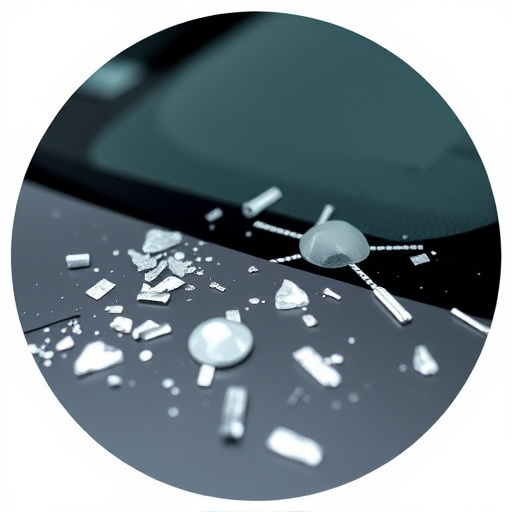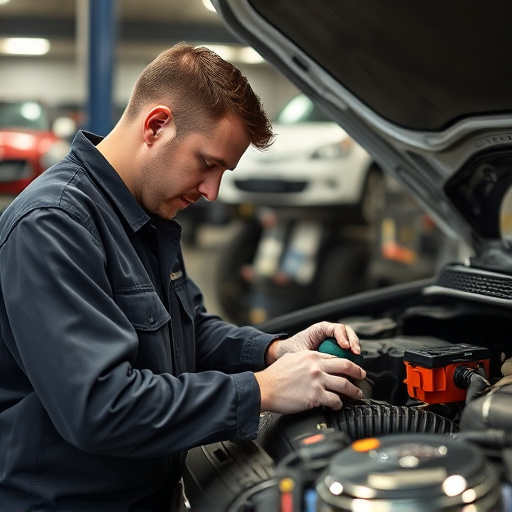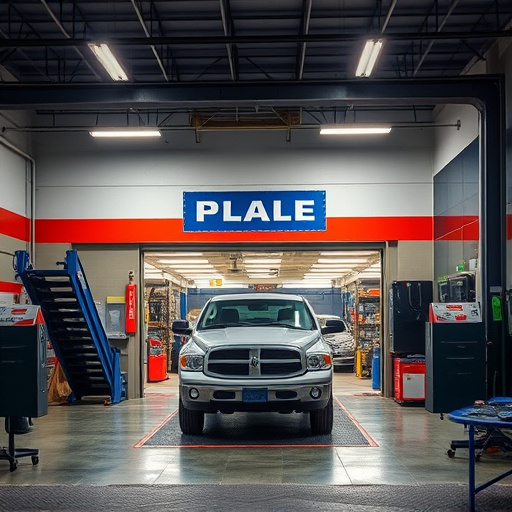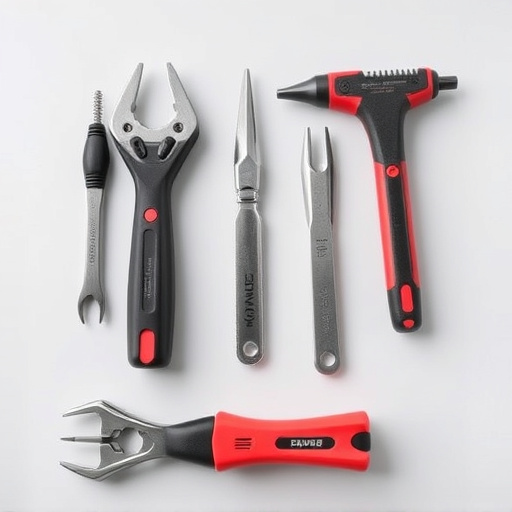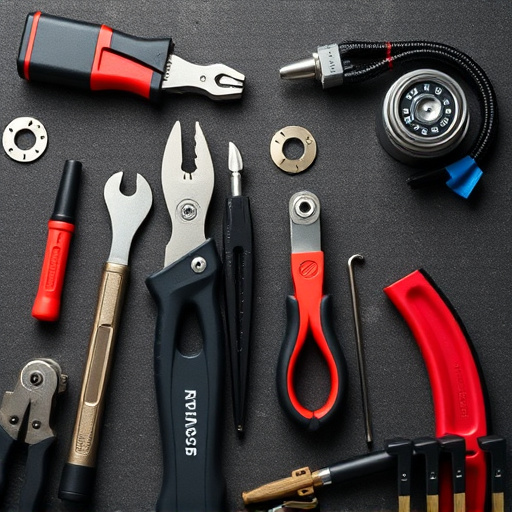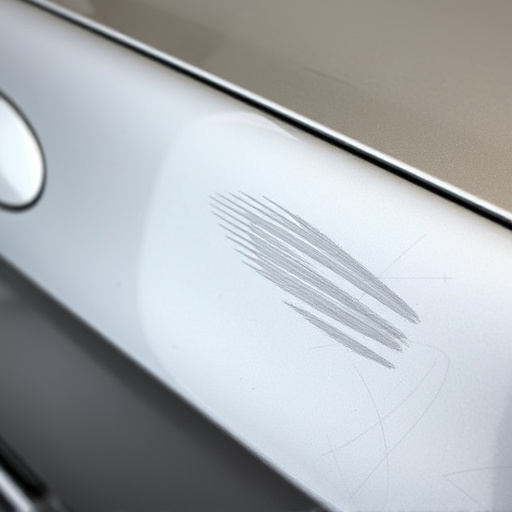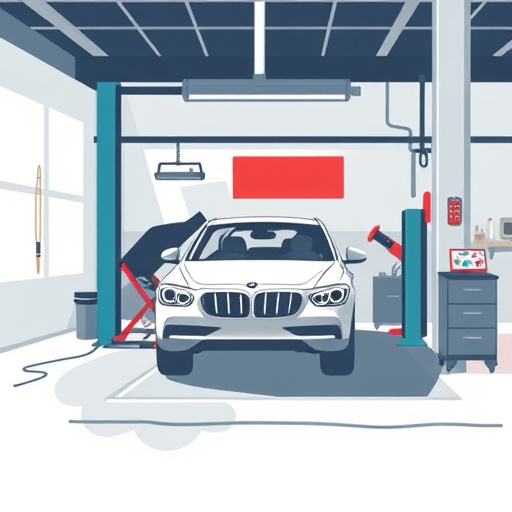Advanced adhesives have revolutionized various industries, particularly auto body services, by offering stronger, more durable, and versatile bonding solutions. These innovative formulations, driven by research and technology, enhance repair efficiency and quality in automotive and industrial sectors alike. Key advancements like synthetic resins, nanotechnology, and biomimicry enable faster, precise repairs with minimal disruption to finishes, making modern adhesives indispensable across diverse fields including aerospace, electronics, healthcare, and art conservation.
“Unleash the Power of Advanced Adhesive Applications: A Comprehensive Guide. From the humble beginnings of glue, adhesive technology has evolved dramatically, revolutionizing industries worldwide. This article delves into the key elements shaping modern advanced adhesives. We explore their historical evolution, from early developments to today’s high-performance materials. Discover how these adhesives benefit diverse sectors with enhanced strength, flexibility, and processing efficiency. Learn best practices for implementation, including selection criteria, application techniques, and real-world case studies.”
- Understanding the Evolution of Advanced Adhesives
- – Brief history and development of adhesive technology
- – Key advancements that led to modern advanced adhesives
Understanding the Evolution of Advanced Adhesives
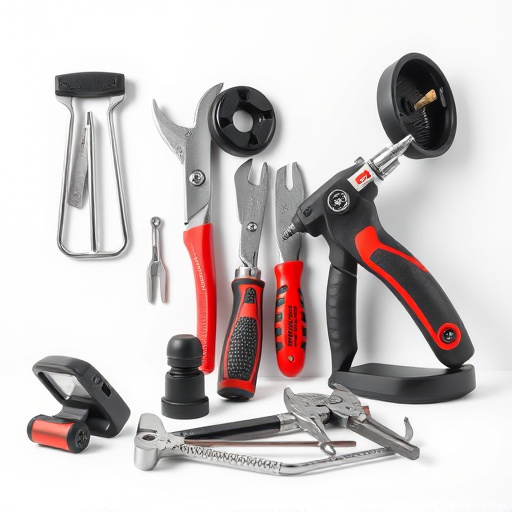
Advanced adhesives have come a long way since their early beginnings, evolving from simple bonding agents to sophisticated materials with diverse applications. This evolution is driven by the ever-growing demand for stronger, more durable, and versatile bonding solutions across various industries. In the realm of auto body services, advanced adhesives have played a pivotal role in car collision repair, enabling faster and more efficient restoration processes.
The development of modern advanced adhesives is characterized by enhanced properties such as improved strength, flexibility, and resistance to extreme conditions. Researchers and manufacturers now offer a wide array of options tailored for specific needs, from high-performance automotive bonding to industrial applications that demand exceptional durability. In the context of car damage repair, these innovative adhesive solutions have streamlined procedures, reduced downtime, and elevated the overall quality of repairs, making them indispensable in the auto body services landscape.
– Brief history and development of adhesive technology
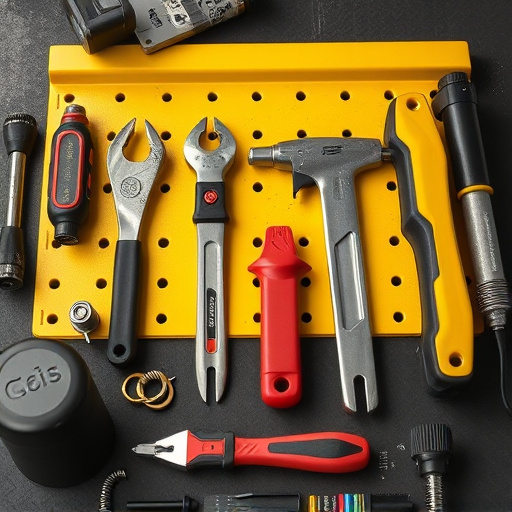
Adhesive technology has evolved from its humble beginnings to become a cornerstone in various industries, including automotive, manufacturing, and construction. The journey of adhesives began with natural substances like tree sap and animal glues, which, over centuries, were refined into more sophisticated materials. The industrial revolution sparked significant advancements, leading to the development of synthetic adhesives that could withstand extreme conditions. Today, advanced adhesive applications dominate the market, offering unparalleled strength, versatility, and durability in everything from car dent repair to intricate auto body restoration projects.
These modern adhesives have been tailored for specific purposes, such as high-performance industrial bonding, precise assembly, and weatherproof sealing. With continuous research and development, new formulations cater to the ever-growing demand for eco-friendly options, enhanced mechanical properties, and improved processing techniques. The versatility of advanced adhesives is evident in their applications across diverse sectors, including aerospace, electronics, healthcare, and even art conservation—a testament to their pivotal role in shaping modern technology and craftsmanship, be it in car dent repair, auto body repair, or grand architectural restorations.
– Key advancements that led to modern advanced adhesives
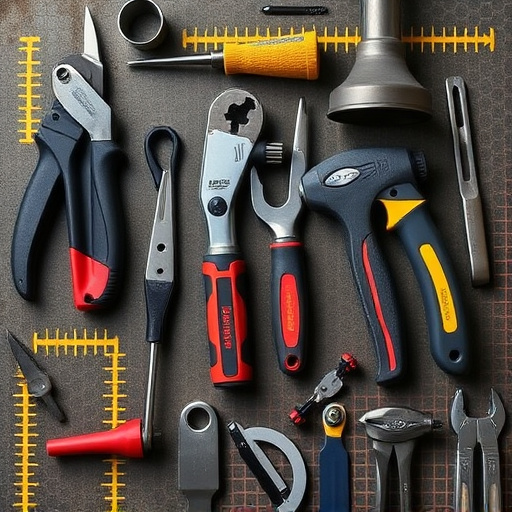
Over the years, advanced adhesive applications have emerged as a game-changer across various industries, including automotive and collision repair centers. The evolution of modern adhesives can be attributed to several key advancements. One of the most significant developments is the introduction of synthetic resins, which offer superior bonding strength and versatility compared to traditional natural resins. This innovation has enabled the creation of high-performance adhesives capable of withstanding extreme temperatures, chemicals, and mechanical stress.
Additionally, the integration of advanced technologies like nanotechnology and biomimicry has further enhanced adhesive properties. Nanoparticles, for instance, have improved adhesion by providing additional surface area and enhancing molecular bonding at a microscopic level. This has found practical applications in vehicle bodywork and paintless dent repair processes, ensuring faster and more efficient repairs with minimal disruption to the original finish.
Advanced adhesive applications have come a long way since their early beginnings, evolving into a crucial aspect of modern industry. As we’ve explored, understanding the historical development and key advancements has revealed the intricate science behind these versatile substances. From their initial humble beginnings to today’s innovative formulations, advanced adhesives now enable countless applications across diverse sectors. By leveraging this knowledge, professionals can make informed decisions, ensuring they specify the right adhesive for each unique requirement, ultimately driving efficiency and innovation in their respective fields.
